After the announcement of the first case of COVID-19 in Nicaragua, the rift between the Ortega-Murillo government and the leading opposition groups, Unidad Nacional Azul y Blanco (UNAB) and Alianza Cívica por la Justicia y la Democracia (ACJD), has now infected public health discourse.
The government argues that Nicaragua is prepared for the pandemic, but UNAB and ACJD believe that to be false. To them, Ortega’s administration is not doing enough to curb the spread of COVID-19.
The sticking point is the administration’s unwillingness to stop promoting large gatherings, marches, political rallies, tourism, and other activities that can spark the community spread of COVID-19.
UNAB and ACJD have criticized the Ortega-Murillo government for it, and today they took their case to OAS Secretary General Luis Almagro. The gesture was more symbolic than anything else, as Ortega’s government stopped listening to the OAS when the organization began documenting and criticizing his government’s human rights record, almost two years ago.
Still, UNAB and ACJD wrote to Almagro to convey their “profound preoccupation”. According to them, the government’s carelessness exposes Nicaraguans to a health crisis.
The government promotes marches, supposedly to show support for its policies. Such events are contrary to WHO recommendations.
Vice President Rosario Murillo, who also acts as her government’s top spokesperson, called Nicaraguans to march in solidarity with countries facing the COVID-19 pandemic. The nation-wide event, held on March 14th, brought together hundreds of people, shoulder to shoulder.
But UNAB and ACJD’s concerns go beyond the march. The organizations criticize Ortega’s administration for the continued promotion of trade fairs and public festivals, “in order to maintain the image of normalcy.” Vice President Murillo actively publicizes these events in her daily address to the nation.
In fact, hours before revealing that the first COVID-19 patient had been diagnosed, Murillo promoted the “Flavors of Lent” food festival, scheduled for March 20-29, with events throughout the country.
Government preparedness plans
Nicaragua’s public health system is divided into 19 geographic regions, or SILAIS. The system includes 73 hospitals, 143 health centers, 1,333 health posts, 5 specialized centers, 178 birthing centers, and 91 centers for people with special needs. As for system capacity, there are 12 hospital beds, 10 doctors, 8 nurses, and 9 nurses’ aids per 10,000 people. In addition, the country has a WHO-certified testing lab, that can handle diagnostic tests for COVID-19. The system also consists of a community network of health brigades that can be activated to carry out any number of health promotion and communication activities.
According to the government, the existing system is ready to handle the pandemic, but additional measures have been taken as well.
In January, the Ortega-Murillo administration created a National Commission to coordinate and oversee the response, under the guidance of the Ministry of Health (MINSA). The commission includes MINSA, the Ministry of the Interior, Customs Enforcement, the Ministry for the Environment and Natural Resources, among other entities, working together to detect, treat, and prevent the spread of COVID-19.
The government has designated and outfitted 19 hospitals — one per SILAIS — to service COVID-19 patients, but it has yet to disclose the list. A partial list, obtained by La Prensa mentions 10 hospitals, selected to diagnose and treat travelers displaying symptoms, when they come into the country through any legal point of entry.
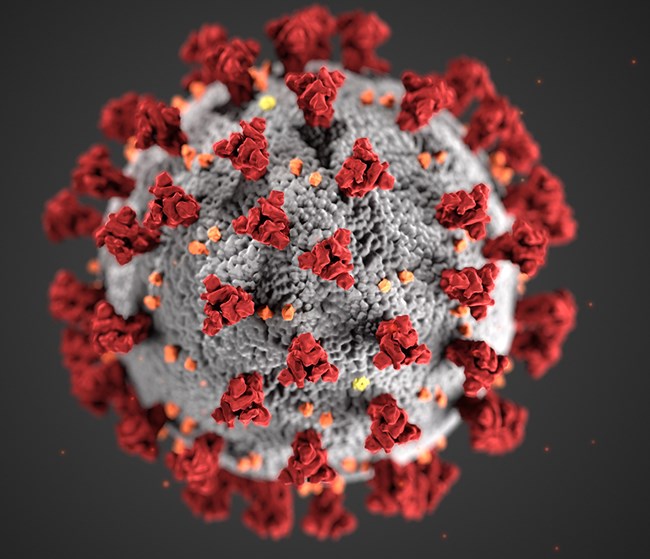
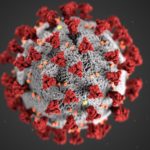
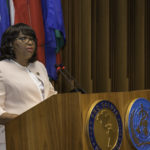
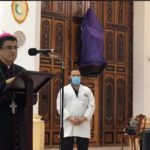
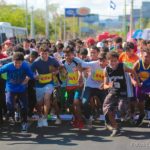
Great job! Keep it up.
Thanks!